The Count of Monte Cristo (1934) Online
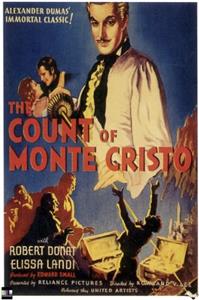
Edmond Dantes is imprisoned in the Chateau d'If without trial, for carrying a message from Napoleon in exile on Elba. After being told that he died in prison, his fiancé Mercedes is forced to marry his rival Count Mondego. Twenty years later, Dantes escapes with the help of the Abbe Faria, who leaves him the treasure of Monte Cristo. Dantes, now called the Count of Monte Cristo, plans his revenge on the three who framed him.
| Cast overview, first billed only: | |||
| Robert Donat | - | Edmond Dantes | |
| Elissa Landi | - | Mercedes | |
| Louis Calhern | - | De Villefort Jr. | |
| Sidney Blackmer | - | Mondego | |
| Raymond Walburn | - | Danglars | |
| O.P. Heggie | - | Abbe Faria | |
| Irene Hervey | - | Valentine | |
| Georgia Caine | - | Mme. De Rosas | |
| Walter Walker | - | Morrel | |
| Lawrence Grant | - | De Villefort Sr. | |
| Luis Alberni | - | Jacopo | |
| Douglas Walton | - | Albert | |
| Juliette Compton | - | Clothilde | |
| Clarence Wilson | - | Fouquet | |
| Eleanor Phelps | - | Haydee |
This is the version that "V" in "V for Vendetta" claimed to be his favorite film.
Robert Donat made his only trip to Hollywood during the production of this film. Due mainly to his poor health, he was unable to travel to Hollywood again to film any of his other roles.
Fredric March was the original choice for the title role.
The ending is changed from Dumas's original novel to make it more upbeat. In the novel, Edmond does not marry Mercedes, because she feels too much has passed between them. Instead, he marries Princess Haydee, who has fallen in love with him. In the 1934 film (and in some other film versions), there is not even a hint of romantic interest between Edmond and Haydee.


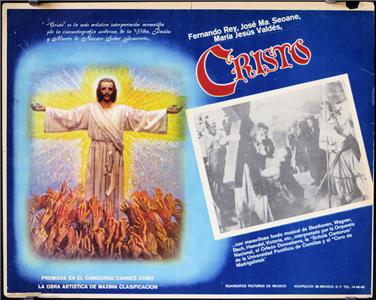
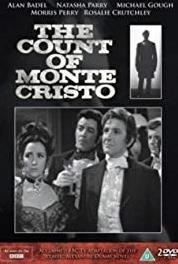
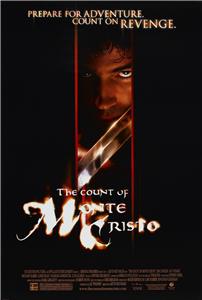
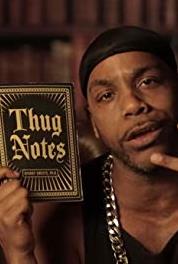
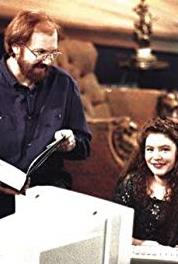
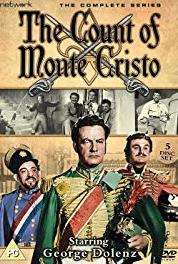
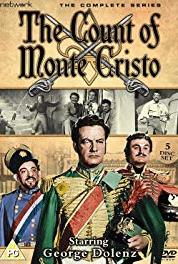
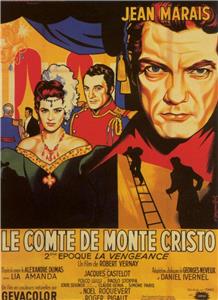
User reviews